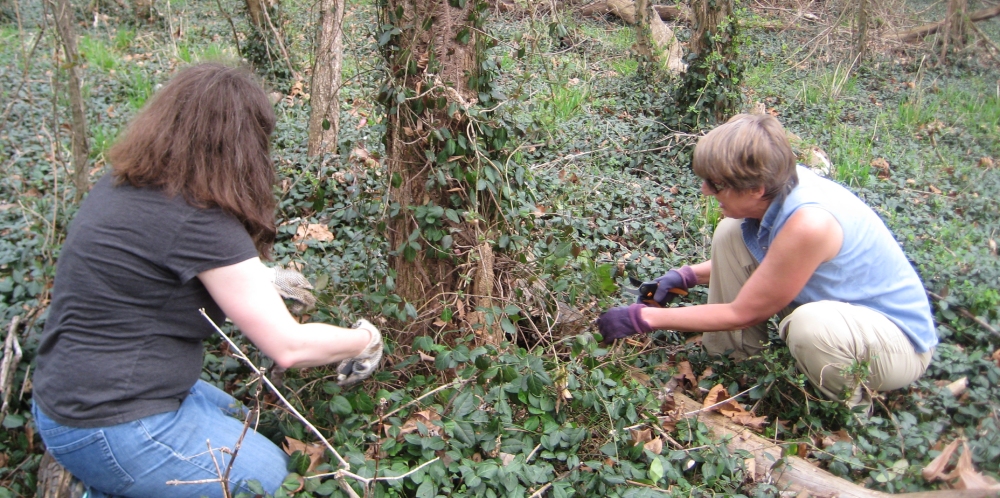Invasive species are flora or fauna that are non-native to an area that may cause damage to the environment around them. Some can affect human health, and many are very detrimental to native species of animals. Forty-two percent of threatened or endangered wildlife species are at risk due to invasive species!
These species aren’t inherently invasive. They become invasive when they are taken out of their natural habitat – where they are in balance with their environment – and introduced into a new area with different species and characteristics. In this new place, invasive species may not face any competition or predation. They’ll grow unchecked, becoming more and more problematic as they outcompete native organisms.
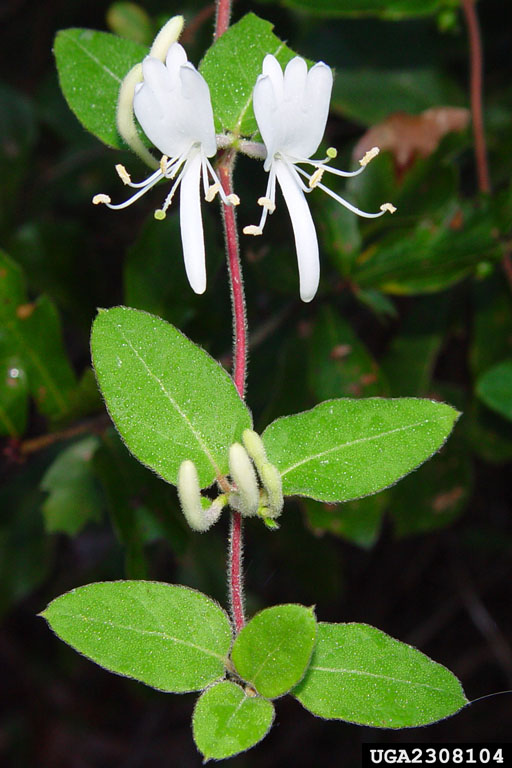
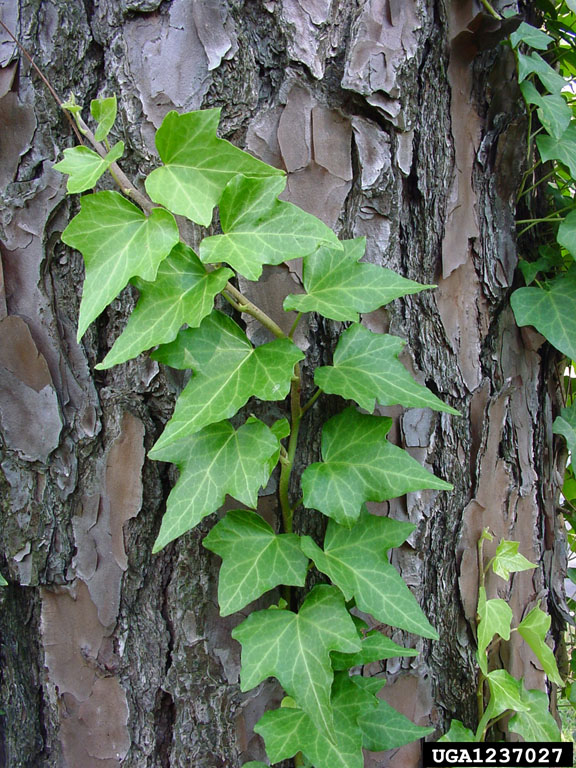
By invasive species standards, Japanese Honeysuckle may taste delicious, but it can be detrimental to young plants. It is a fast-growing vine that kills shrubs and saplings by slowly growing on and through the bark of native species, eventually killing the plant.
Other Invasive Plant Species Resources:
Invasive Species Pocket Guide
blueridgeprism.org/factsheets/
Virginia Invasive Plant Finder
jamesriverpark.org/invasives/
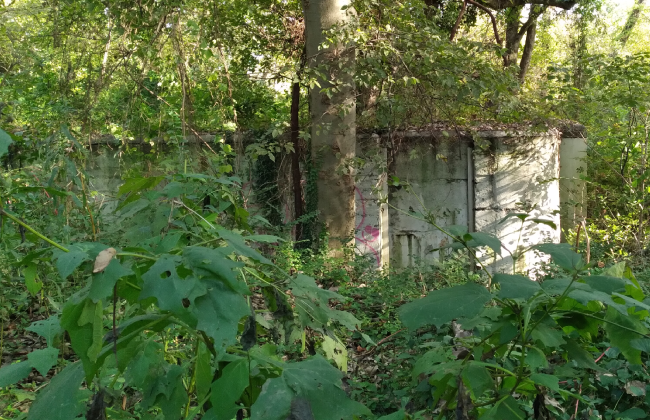

Be A Hero!
River Hero Home members pledge to plant native species to reduce the strain on our waterways. Join our River Hero Home community by taking the pledge.
In addition to plants, animals can also be considered invasive.
Asian Carp were introduced as an attempt to control algal blooms and parasitic snails, but quickly became over-abundant. They increase water turbidity – the murkiness of the water – preventing sunlight from penetrating the water’s surface and stimulating the growth of beneficial aquatic grasses. Without these grasses, which serve as great habitat and shelter for many river species, aquatic life can struggles to find high quality food resources and spawning beds.
Mute Swans, unlike the above three species, were accidentally introduced to Virginia when five birds escaped from a Maryland estate. Mute Swans pull plants up by their roots when feeding, causing damage to underwater grass beds. Additionally, these swans displace native wildlife from their feeding and nesting grounds during breeding season by hissing and chasing away perceived intruders.
Volunteer
Want to get involved with removing invasive species? The James River Association hosts a monthly invasive species removal at Chapel Island in Richmond. Sign up here!
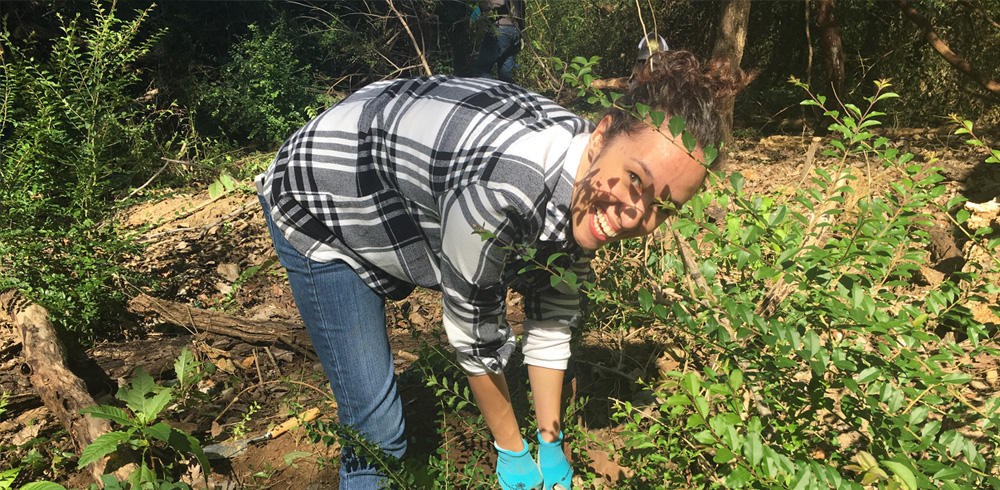
What can you do to prevent invasive animal species? If you’re fishing, don’t dump your live bait into the waterway. If you own aquarium fish but have decided you no longer want them, do not release them into the wild! That goes for animals too. Never release an exotic animal. If you plan to own one, do your research and plan ahead to ensure you can commit to its care for life.

